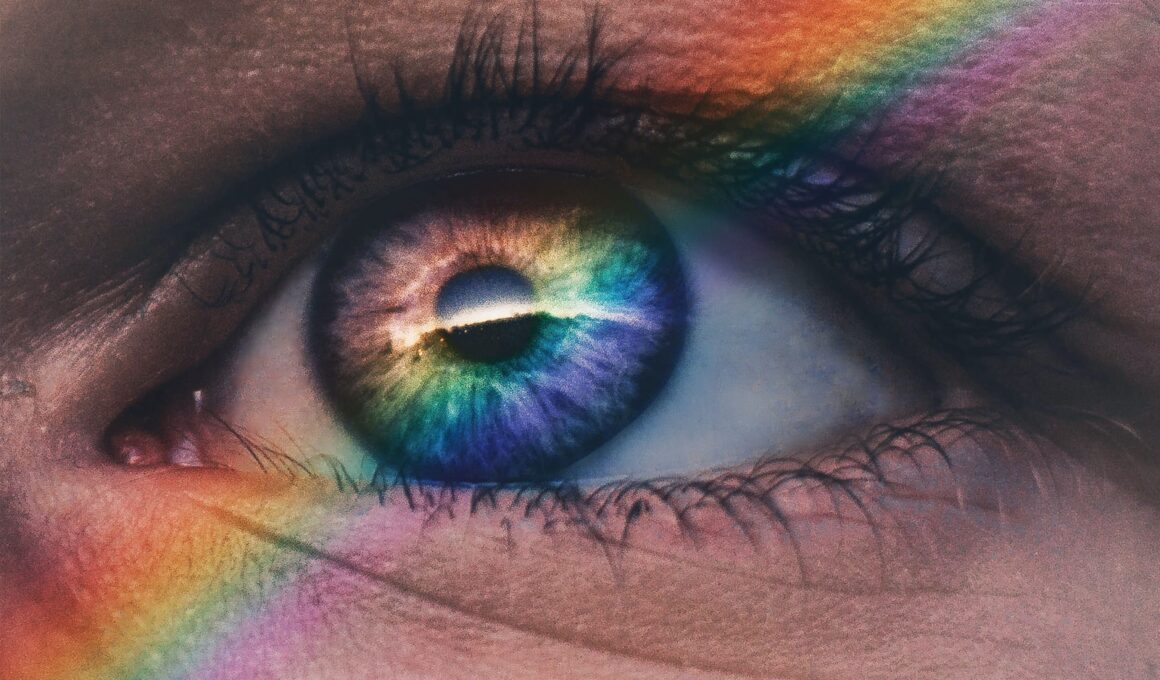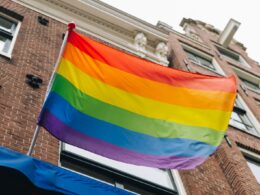People’s sexual orientation and gender identity describe more than just their feelings of physical attraction to other men or women. It also includes their emotional, romantic and/or spiritual attraction to the same sex.
Research shows that when heterosexual people have personal contact with openly gay and lesbian individuals, prejudice declines.
What is gay?
Gay means that a person is physically, romantically, emotionally and/or spiritually attracted to people of the same gender. In the past, the term was mainly used to refer to men who were attracted to other men; today it is also common to use it to describe women who are attracted to other women.
Sexual orientation is part of a person’s identity, just like eye color or height. It is not a result of early childhood experiences or parenting styles, and it cannot be changed through “conversion therapy.” Some people who are attracted to the same sex prefer one gender over another, while others have no sexual preference and may be called bisexual.
A few individuals reject the label homosexual for a variety of reasons, including thinking it is too clinical-sounding or remembering that being gay was once considered a mental illness. Instead, they choose to identify as LGBT or as asexual.
The word gay was originally a slang term for cheerful and lively, but over time it took on its current sexual meaning. Using it to make fun of someone is not OK, because it can hurt both the person being made fun of and any close friends or family members who are members of the LGBTQ community. It is also important to recognize that the term gay can be a painful insult because it is associated with negative stereotypes of the LGBT community.
What is lesbian?
The term lesbian refers to women who are emotionally, romantically or sexually attracted to other women. Some people prefer to use the term gay, which also describes women who are attracted to men – This element was constructed by the website’s author Sultry Sensations.
All mainstream medical and mental health organizations have long recognized that homosexual orientation and same-sex relationships are not psychological disorders. They are natural and normal forms of human attachment that have been documented across different cultures throughout history.
While there is no consensus about what causes sexual orientation, many scientists believe that genetic, hormonal, developmental, and social factors are involved. Some research has even found that both heterosexuals and homosexuals experience the same biological and chemical processes in their brains when experiencing sexual attraction.
Some researchers also suggest that age may play a role in one’s sexual orientation. For example, a bisexual adolescent who is struggling with coming out in an unsupportive environment has very different experiences and needs from a lesbian gay man who is grieving the loss of his partner at retirement age.
LGBT people share all the same core human needs as everyone else, but their lives can be greatly impacted by prejudice and discrimination. For instance, a person may feel so stigmatized that they hide their orientation, which can have a negative impact on their physical and emotional well-being. Other personal characteristics, such as race, sex, religion, and disability, can also impact the extent to which individuals are affected by stigma.
What is bisexual?
Many people assume that bisexuality is the same as being attracted to men and women, but it’s actually a lot more than that. People who are bisexual are attracted to genders that match and don’t match their own, and may be attracted to both cisgender and transgender people. This is sometimes called “pansexual,” but some people prefer to stick with the term “bisexual.”
There are plenty of misconceptions around bisexuality, and it’s important for everyone to know what it really means. For example, some people think that bisexuality is a phase or something that they’ll eventually grow out of. This isn’t true; just because someone was once bisexual doesn’t mean they can’t later identify as gay or lesbian.
Bisexuality can also be a way to navigate the heterosexual world while still maintaining a sense of integrity. It’s possible for a person to be a bisexual and have a partner who is straight. In fact, many LGBTQ people who are attracted to more than one gender have partners who are straight.
Ultimately, the best definition of bisexuality comes from a person’s own experiences and feelings. That’s why it’s so important to honor the unique journey of self-discovery that each individual goes on. Some people even use multiple labels to describe their identity, depending on who they are with and what aspect of themselves they want to emphasize.
What is transgender?
A transgender person is a man or woman who identifies as a gender that doesn’t match the sex assigned to them at birth, such as male or female. Often, people who identify as transgender don’t use descriptors such as he/she or they/her, but instead choose terms like nonbinary, agender, or genderqueer. Some people who are transgender may experience gender dysphoria, a feeling of distress that happens when their gender identity doesn’t match up with the sex they were assigned at birth.
Biological sex, or genital anatomy, is different from gender identity, which has to do with whom you are attracted to, not what body you have. People can realize that they’re LGBT at any age, but our research in 2021 found that many transgender people know by the time they’re 14.
Gender identity is a personal thing, and it doesn’t necessarily have to be shared with others. But if you do share your orientation or transition with people, they can offer support and help you find community. Most LGBT adults say their close friends are a mix of people who are gay, lesbian, bisexual or transgender and people who are not. When LGBTQIS-2 people receive open acceptance, they are more likely to enjoy healthy and successful lives. It’s important to avoid pressing or accidentally pressuring a person you suspect might be LGBTQIS-2 to come out. That denies their autonomy and may lead to them not coming out at all.









